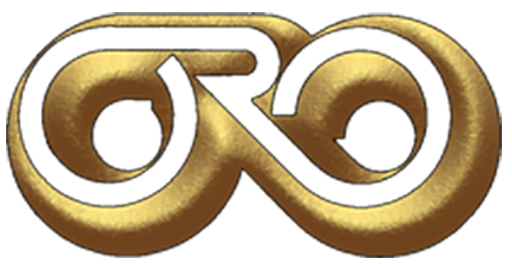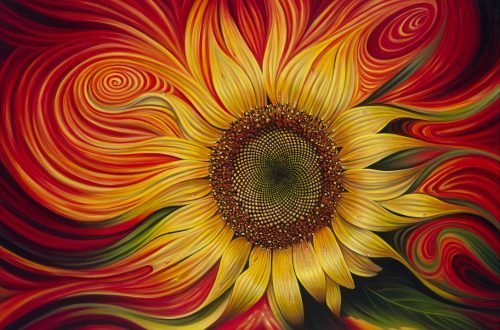Curvismo is experimentation with play on color, form and imagery, starting with the curve. “The definition of a curve* according to Wikipedia, is a topological space which is locally homeomorphic to a line. . . Roughly speaking, a topological space is a geometric object, and the homeomorphism is a continuous stretching and bending of the object into a new shape. . . Topological spaces are mathematical structures that allow the formal definition of concepts such as convergence, connectedness, and continuity. . .”
Curvismo is experimentation with play on color, form and imagery, starting with the curve. “The definition of a curve* according to Wikipedia, is a topological space which is locally homeomorphic to a line. . . Roughly speaking, a topological space is a geometric object, and the homeomorphism is a continuous stretching and bending of the object into a new shape. . . Topological spaces are mathematical structures that allow the formal definition of concepts such as convergence, connectedness, and continuity. . .”
Just as the style Cubism or Cubismo (introduced by Picasso and Braque more than 100 years ago) displays several aspects of the same object simultaneously by fragmenting the form. Curvismo or Curvism connects all objects in a continuous path. For instance, Curvismo manipulates curves by depicting a path of a continuously moving point, layering of transparent color by superimposing warm tones and cool tones (and vice-verse) to create an optical blend. Concave shapes morph effortlessly into convex forms to create a soothing flow of energy. Picture a lava lamp with the flow of the wax gently floating in suspended animation. One dollop of wax displaces another and even the liquid is considered part of the equation for it creates a space (topological space) that is displaced by the wax creating a curvilinear motion. In a not so tangible form, an example of Curvismo can be a conversation between two people. One person speaks while the other listens in reciprocity, the message is the connection between the two, the continuous line returns when the other person acknowledges and the message morphs into feedback. On a bigger scale, an example of Curvismo could be the human race, we live in a symbiosis with the animals and earth – we are all connected by a network of energy. You can not separate one from the other without adverse effects and all energy you take you must give back to the Earth so there is a cycle (or Curvism) to life. We live in the round surrounded by emanations of energy because we all radiate energy. In all of Ricardo’s work this energy is symbolic of religion. Whatever God or force is believed in, Ricardo symbolizes this through Curvismo. The flow of creativity comes from above, in Ricardo’s belief, from God. He is just the instrument in which this energy or force manifests into this world.
This is the idea of Curvism or Curvismo, a manifestation in Ricardo’s art after years of contemplation and hard work. He has a strong following of students now painting in this style. Students that have come to him timid in their approach to the art now swirl with the movement changing ideas onto canvas into forms of emanating colors, morphing real objects into abstract movement. He came to the States from Mexico in 1981, bringing with him the vibrant colors of his culture to bless us with an array of visually appealing art. You can see his body of work at ORO Fine Art Gallery, dubbed the “hidden treasure of downtown Albuquerque, NM” by patrons and students alike, which he co-owns with his wife Michelle.


